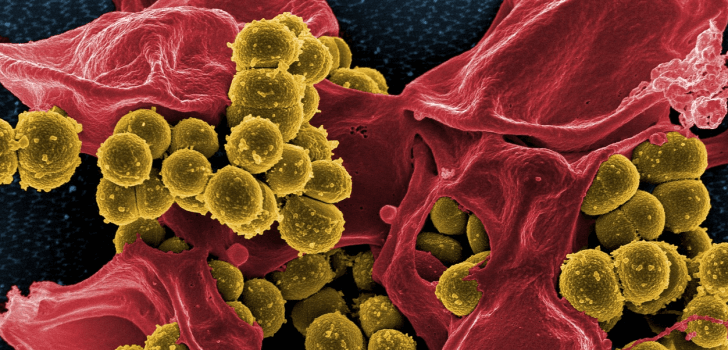Lab-produced diamonds are stealing significant market share from the $80 billion global diamond market as buyers look for lower prices for a virtually indistinguishable product.
Formerly reserved for industrial applications, the technology for producing “grown” diamonds has progressed to a degree that it now requires machine testing in order to differentiate the synthesized gems from those that are mined.
The process of production involves placement of a carbon seed inside a microwave chamber, which is then immersed in methane or other carbon-containing gas. Crystallization of carbon from the gas onto the seed takes place when heated in a process that takes up to 10 weeks.
Market leaders like De Beers don’t see the new phenomenon as a threat, and part of that might be to put their minds at ease. Currently lab diamonds only account for 360,000 carats per year compared to the roughly 146 million carats produced per year of natural diamonds but the gems are rapidly growing in popularity. De Beers, in a move to defend the cultivated image of natural diamonds, said that synthetic gems are more likely to compete with costume jewelry than with mined stones.
In July, the International Organization for Standardization (ISO) ruled that man-made diamonds must be called synthetic, lab-grown, or lab-created—not real, in what was seen by the natural diamond industry as a marketing victory.
But the trend is not going away, with estimates for the supply of lab-grown diamonds expected to grow to 2 million carats in 2018. At the Gem Lab in Rochester, New York, grown diamonds account for 5% of the stones sold and customers there can purchase a 1-carat grown diamond for $6,000 compared with a 1-carat natural diamond at around $10,000.
Singapore-based IIA Technologies, currently the largest producer of lab-grown diamonds, commented on consumer attraction to the new option, “We are creating a new industry. Consumers today really resonate with the idea of an eco-friendly and a conflict-free choice for diamonds. That’s been the sticking point.”
Only 45% of North American consumers between 18 and 35 say they would prefer a natural diamond, and although prevalence of conflict diamonds has gone down, it still comprises between 4 and 15% of diamond production.
Stay Connected